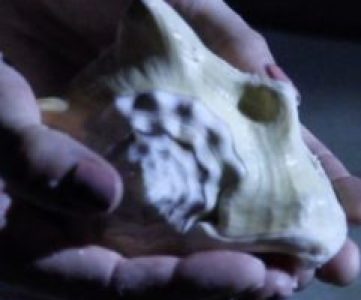TT JOURNAL, VOL.1, ISSUE 3, 8TH OCTOBER 2021
Katja Vaghi
Rereading Jun’ichirō Tanizaki’s aesthetic credo In Praise of Shadows (1933 — transl. 1977), I was struck by the words used by the father of postmodern architecture, the American Charles Moore in the introduction. In presenting the thought of one of the most important figures of Japanese modern literature, he makes an apparently contradictory claim “[…] the excitement of realising that musicians everywhere make their sounds to capture silence or that architects develop complex shapes just to envelop empty space” (2001, 2). I automatically completed the list by drawing a parallel: ‘and dancers use movement to come to the essence of stillness’. Steve Paxton’s small dance crossed my mind and the fact that often I have to say to my improvisation students ‘stillness is also an option’. Dancers are notoriously movement-verbose.
In some sort and to a certain degree, the world came to a stand still during the first lockdown. As humans were secluded in their dens, animals started to enjoy a kind of freedom that they had long forgotten and took hold of spaces once occupied by humans. More than one person was cheered up upon hearing of sea-life in the canals in Venezia to mention only one example. As we remained motionless, Gaia took over if only for a very brief moment and the feeling was of utter futility of most of our endeavours driven by the need for productivity and optimisation. All of a sudden, some of us found ourselves next to our hamster wheel (with exception of medical personnel or essential workers). This before video-conferencing became omnipresent. The moment of stillness coincided with a longer spatial constriction and social interaction mediated via screens only. Many of us with no escape outside their four walls were thus forced to come to terms with their, at times unexplored/neglected, inner worlds.
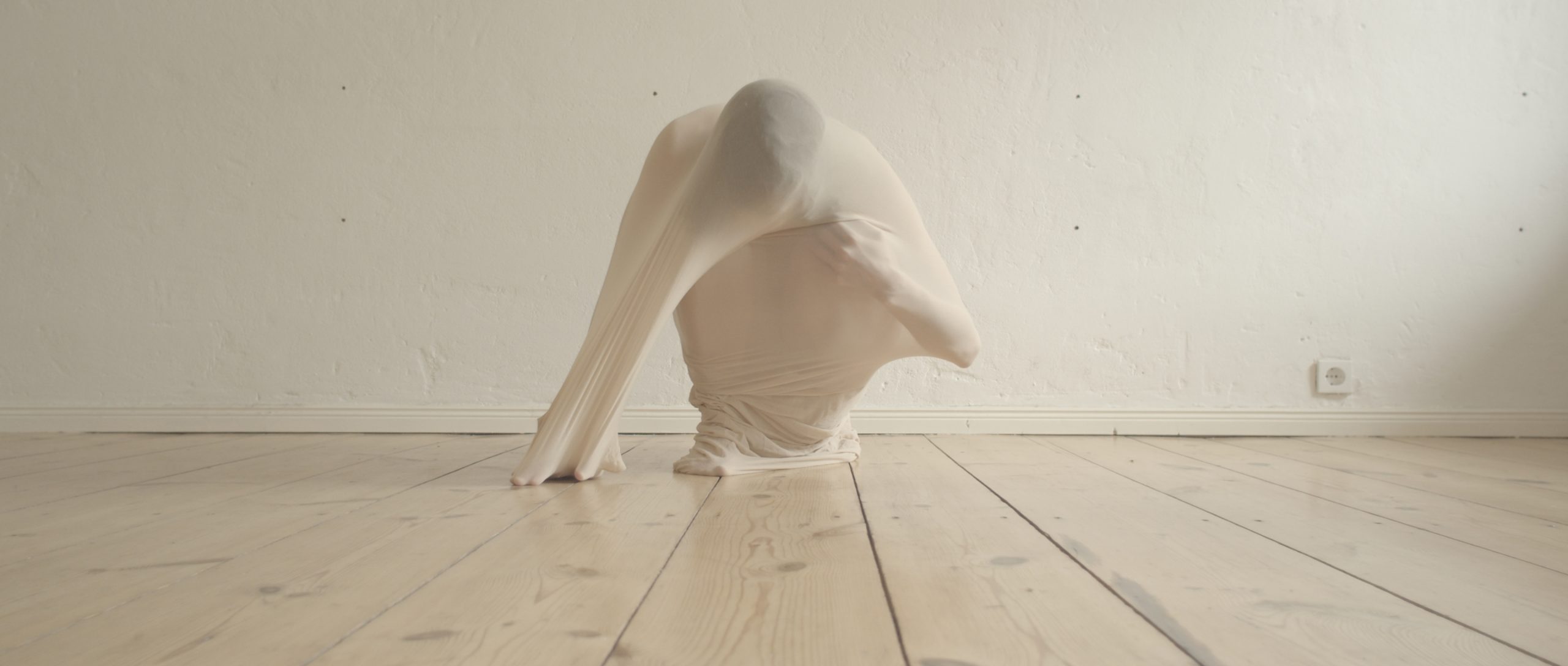
There has been a moment when I realised that the pandemic had been assimilated inside my brain. This was when watching a film I cringed at a character saying they wanted to go to the shop (for me an unnecessary movement outside the house) and when she hugged another character. My body had a deep visceral response to these two moments and right away I realised mentally that what I was experiencing was absurd. I was in the safety of my apartment and what I was seeing was how people used to behave before the pandemic. I had been deeply conditioned by the restrictions without me wanting to. The house became like a tower from which to observe the world through the media. At the same time, I was trying to keep calm and order inside this private space. My left hemisphere was fired by all the unnecessary objects in it, and my right one longing for detecting some empty spaces (as in the Japanese spatial concept of Ma). This was also the only place that was somehow under my control, or seemed so at least. Everything had to be downscaled but I did not mind it as the sudden slowness of action and the magnified details felt to me like an exercise in mindfulness. The Zen-like focus was on the present: be present when eating and when cleaning your bowl. It brought my attention to the essential.
In their book Thinking with the Body (2000), Jader Tolja, M.D., psychotherapist and research director for the Body Conscious Design Lab at the Architecture Department of the Bratislava Polytechnic University together with the psychosomatic counsellor and journalist Francesca Speciani point to the fact that “paradoxically sinking towards the center of one’s being, also at the physical level, brings with it a feeling of deep connection with the outside world” (my translation). It is only by going apparently in the opposite direction that one really comes into emphatic resonance with one’s environment and so develops a deep feeling of belonging. All this they define as proprioceptive rooting or being able to recognise different physical sensations and qualities and acting upon them also at the base of ‘bodily thinking’ and of our overall health. When we act, often part of our being is not involved in the the action in the most economic way. The action is thus produced with friction instead of ease. Over time, the improvement in the performance, which would naturally happen if the action were performed with a high level of concentration and the participation of the whole unit, does not happen. Tolja and Speciani also mention that only by reducing the rhythm (of events in our lives) one is able to experience deeply. The question is: Did the rhythm slow down enough and long enough for people to experience this? Or were most of us startled at being confronted with ourselves?
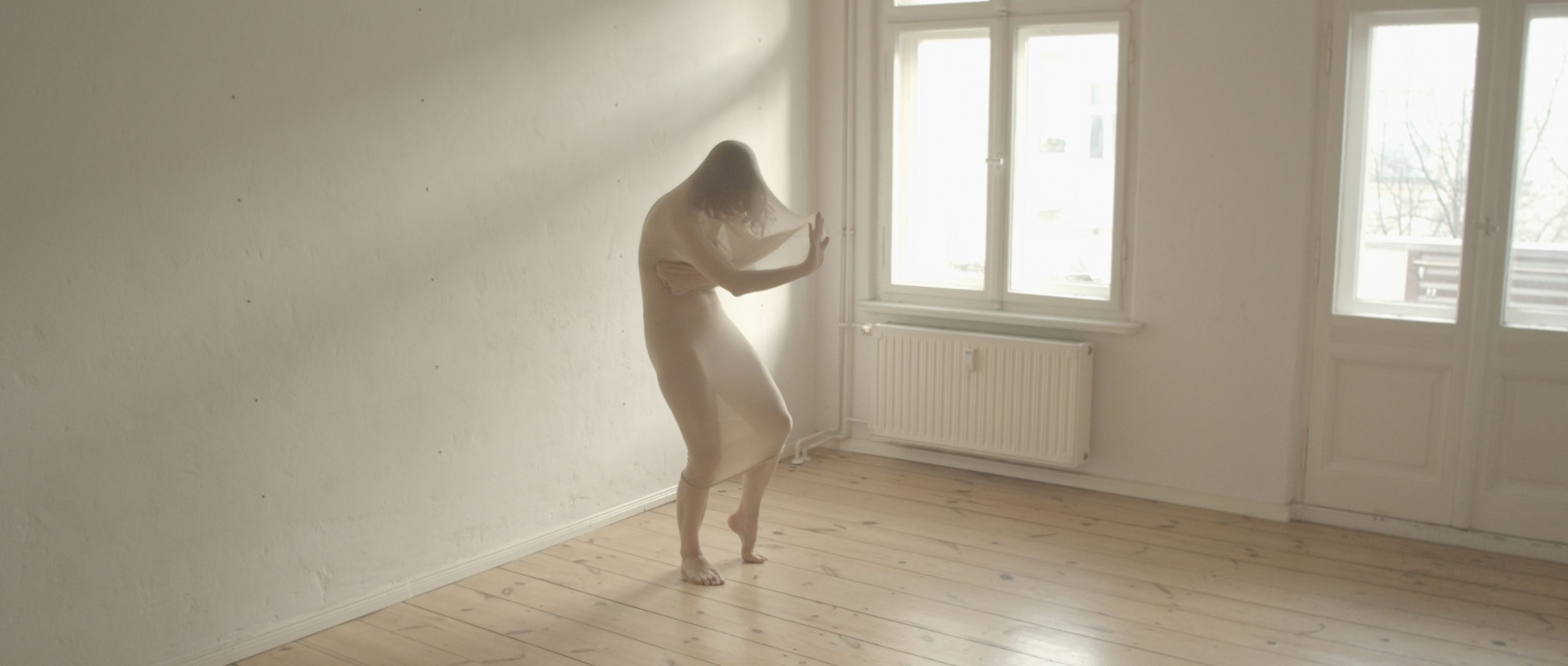
Isolation is a hard thing. If we are deprived of stimuli we have the tendency of creating some: we may start hallucinating. We need constant interaction with people and during the pandemic, as we all know, this happened mostly through video calls. Therefore focused vision was at the fore front. What we all missed was, according to Merleau-Ponty’s idea, to be enveloped in the flesh of the world. Interestingly Pallasmaa translates this with haptic but also with the unfocused vision. The structure of our eye is the evolutionary sum of previous eyes. In the peripheral region is the most simple visual structure that ever existed only able to distinguish light from darkness, but no shapes. This region gets triggered when you see something in the corner of the eye and this allows you to duck a potential danger. It is connected to the most primitive part of the brain where the survival reflex resides. By staring in front of the screen our peripheral vision has shrunk.
Beside peripheral vision, the other sense important in feeling part of the ‘flesh of the world’ is touch. The skin is our most extended organ; it is several kilos heavy and has different specialised areas. For example, when teaching a course with architects, we noticed that the back of the hand is much more apt at distinguishing temperature differences than the palm, which is better at distinguishing patterns and textures. Most of the time part of our body is touching something. This information is blocked out as not important. What is registered instead are the impulses that come in all of a sudden. This applies to a pleasurable experience too, such a caress from a loved one. Touch is one of the first senses to develop — already inside the womb — and it is the last one to leave us. Children in particular need to be touched to develop correctly. They need interaction with their caregivers (the case of the orphanages in Rumania, where children were deprived of touch, is well known and documented). Touch is a form of knowledge that can vary from one which is conducive to emotional regulation by a positive caregiver to the practical dexterity of the skilful artisan working in clay. Touch is indispensable also for grown ups. We need to feel our boundaries. We feel the volume of our body when we are hugged by someone. The pandemic has taken this partly away (with perhaps the exception of privacy of the home). Some of us were able to experience touch only through imagination. Will we still be able to interpret correctly the different types of touch when outside the home?
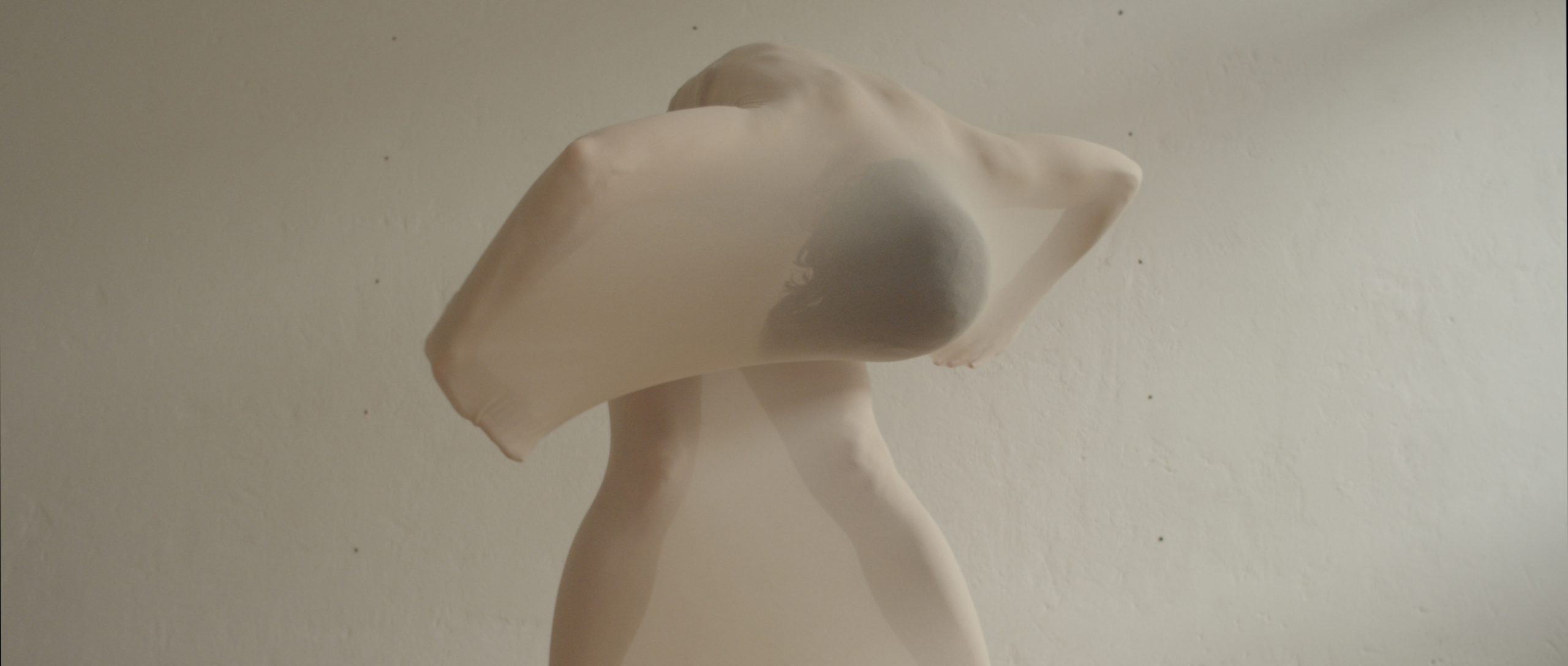
For the ancient Greeks time is at once Chronos and Kairos. The former is measurable, considered objective, generally associated with science and characteristic of our contemporary society. But it is to the latter, Kairos, that Tolja and Speciani refer as they assert that the “subjective time of a person is determinate by one’s state of relaxation and the perception that one is able to have of the organs and of the deep structure of one’s organism”. This is an intimate expansive time, the time needed to come back to one’s interoception (perception of one’s internal self). From this state of relaxation bodily thinking can happen and allow for the most economic and effective action to occur. How many of us have used this forced stillness / break as a movement towards authenticity? To come back to oneself and discover what makes one feel at home (in a wider sense)? Some friends initiated weekly walks in the forest, others offered guided meditation to ground oneself back in the body. The movement towards focused vision was, for some, compensated by an intense going inward and intense looking for visceral experiences. Interoception is at the heart of our capacity for empathy (Christensen: https://aeon.co/essays/art-like-loss-can-shock-us-into-our-authentic-self). Could this rediscovery of one’s body bring us to a better understanding of the other, like in dance? Like stepping away to get into the swing for a tighter embrace? The hope is that it is so. As Melanie Challenger argues in her article: “our bodies might well be our best and most effective tool in the effort to strike a new balance between humans and the rest of the living world” (https://aeon.co/essays/to-be-fully-human-we-must-also-be-fully-embodied-animal). To remember our ‘animal’ nature is highly needed in a world that is becoming more and more virtual.
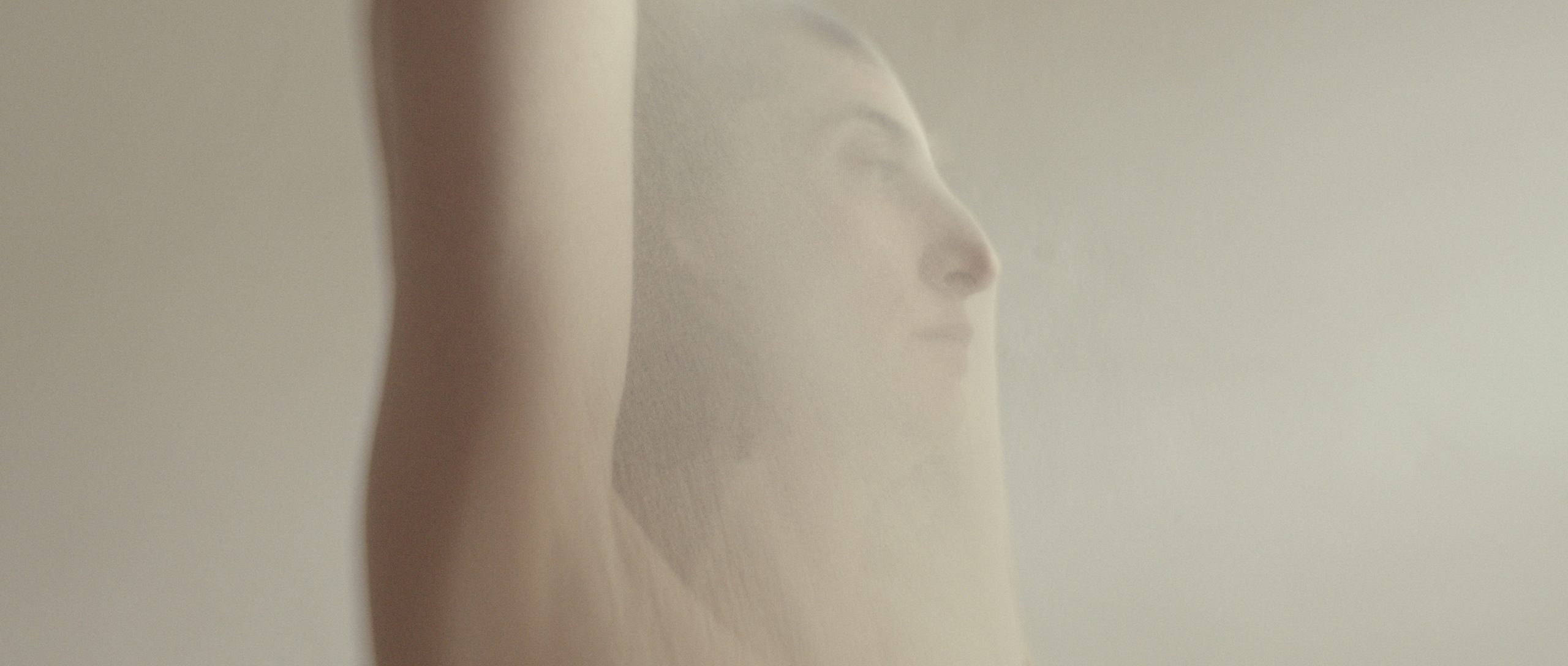
References:
Pallasmaa, Juhani (2005) The Eyes of The Skin: Architecture of the Senses,
Chichester: John Wiley & Sons Ltd
Tanizaki, Jun’ichirō ([1933] 1977, 2001) In Praise of Shadows,
London:Vintage
Tolja, Jader and Francesca Speciani (2000) Pensare con il corpo,
Milano: B.C. Dalai editore
Challenger, Melanie (2021) “The Joy of Being an Animal” https://aeon.co/essays/to-be-fully-human-we-must-also-be-fully-embodied-animal
Christensen, Julia (2021) “To the Core” https://aeon.co/essays/art-like-loss-can-shock-us-into-our-authentic-self
Katja Vaghi is a freelance dancer, choreographer, and dance researcher, who alternates theoretical reflections in written form to musing in the rehearsal space. After her PhD, in dance philosophy she now lectures in dance history and philosophy and in somatic approaches to spaces across the UK Germany, and Switzerland. Her latest publications encompass articles on Jiří Kylián for the Oxford Handbook of Contemporary Ballet and on Sasha Waltz for Fifty Contemporary Choreographers, a collective contribution on screendance during the pandemic for The International Journal of screendance, and an upcoming article on somatic approaches to architectural planing in Dimension: Journal of Architectural Knowledge.
Katja Vaghi’s writing is available here, in the following publications:
The Oxford Handbook of Contemporary Dance
Fifty Contemporary Choreographers
A Forum of Questions for Active Viewing, Learning and Creating on Screen(s) During a Global Pandemic
For more on the short film The Winter Ghost (2021): https://www.thewinterghost.com
Cover image: Katja Vaghi by ©Phine Ka
